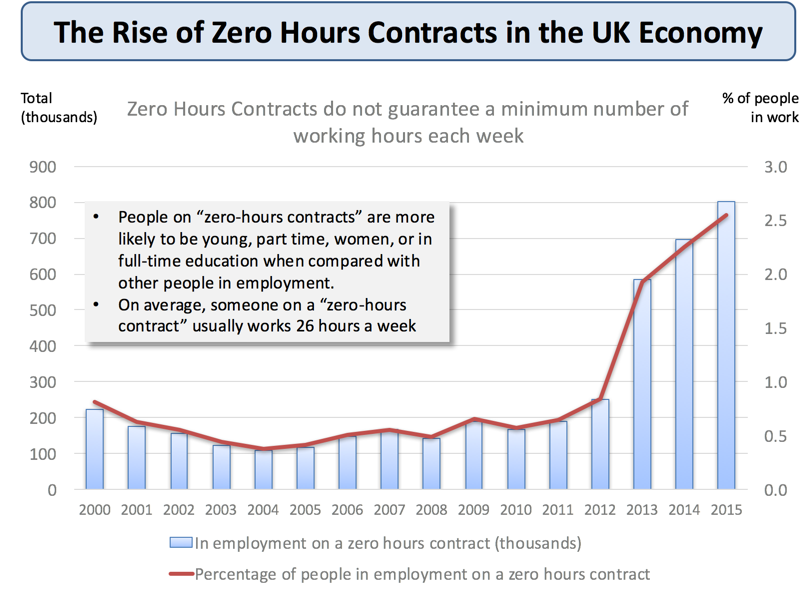This is excellent for all Economists, both Y11 and Sixth Form!
Supply-side policies are mainly micro-economic policies aimed at making markets and industries operate more efficiently and contribute to a faster underlying-rate of growth of real national output.
- Successful policies have the effect of shifting the LRAS curve to the right leading to a rise in potential output
- Most governments believe that improved supply-side performance is the key to achieving sustained growth without causing a rise in inflation.
- Supply-side reform on its own is not enough to achieve this growth. There must also be a high enough level of AD so that the productive capacity of an economy is actually brought into play.
- Supply-side policies can be implemented by the public or the private sector
Supply-side objectives
Key concepts to focus on are incentives, enterprise, technology, mobility, flexibility and efficiency.
- 1.Improve incentives to look for work and invest in people’s skills
- 2.Increase labour and capital productivity
- 3.Increase occupational and geographical mobility of labour to help reduce the rate of unemployment
- 4.Increase investment and research and development spending
- 5.Promoting more competition and stimulate a faster pace of invention and innovation to improve competitiveness
- 6.Provide a platform for sustained non-inflationary growth
- 7.Encourage the start-up and expansion of new businesses / enterprises especially those with export potential
- 8.Improve the trend rate of growth of real GDP

Market-based supply-side policies
- 1.Cutting government spending and borrowing
- 2.Lower business taxes to stimulate investment and lower income taxes to improve work incentives
- 3.Reducing red-tape to cut the costs of doing business
- 4.Measures to improve the flexibility of the labour market / reforming employment laws
- 5.Policies to boost competition such as deregulation and tough anti-monopoly and anti-cartel laws
- 6.Privatisation of state assets (selling off public sector businesses into the private sector)
- 7.Opening up an economy to overseas trade and investment

Interventionist policies
- 1.State has key role in investing in public services and building critical infrastructure
- 2.Tax incentives and welfare reforms can encourage more people into work
- 3.A commitment to a fair minimum wage / living wage to improve work incentives
- 4.Active regional policy to boost under-performing areas / areas of high unemployment
- 5.Some case for selective import controls to allow domestic industries to expand
- 6.Management of the exchange rate to improve competitiveness of export industries
- 7.Nationalisation of some key industries
- 8.Stronger regulation of industries

Recent UK Government Supply-Side Policies
- Relaxation of the Sunday trading laws – but worries over work-life balance
- 24 new regional enterprise zones – aiming to take advantage of external economies of scale by attracting inward investment
- Completion of London’s Cross Rail – with plans for Cross Rail 2 and HS3 (East-West high speed rail in North of England)
- Tax relief for businesses investing in low carbon technologies – designed to increase investment in renewable energy capacity
- Increases in the income tax free allowance to £11,000 a year
- Reduction in taper rate at which universal benefit is taken away as people earn extra income from 65% to 63% - helps work incentives
- Main rate of corporation tax (a tax on profits) - currently 20% - to fall to 17% by 2020 – designed to stimulate domestic I and FDI
- UK National Infrastructure Plan – range of projects including the new nuclear power station at Hinkley Point in Somerset
- Planned investment of £400m in 'full-fiber' super-fast broadband
- £2.3 billion for a new Housing Infrastructure Fund – i.e. investment in improved road and water connections to support new housing
No comments:
Post a Comment